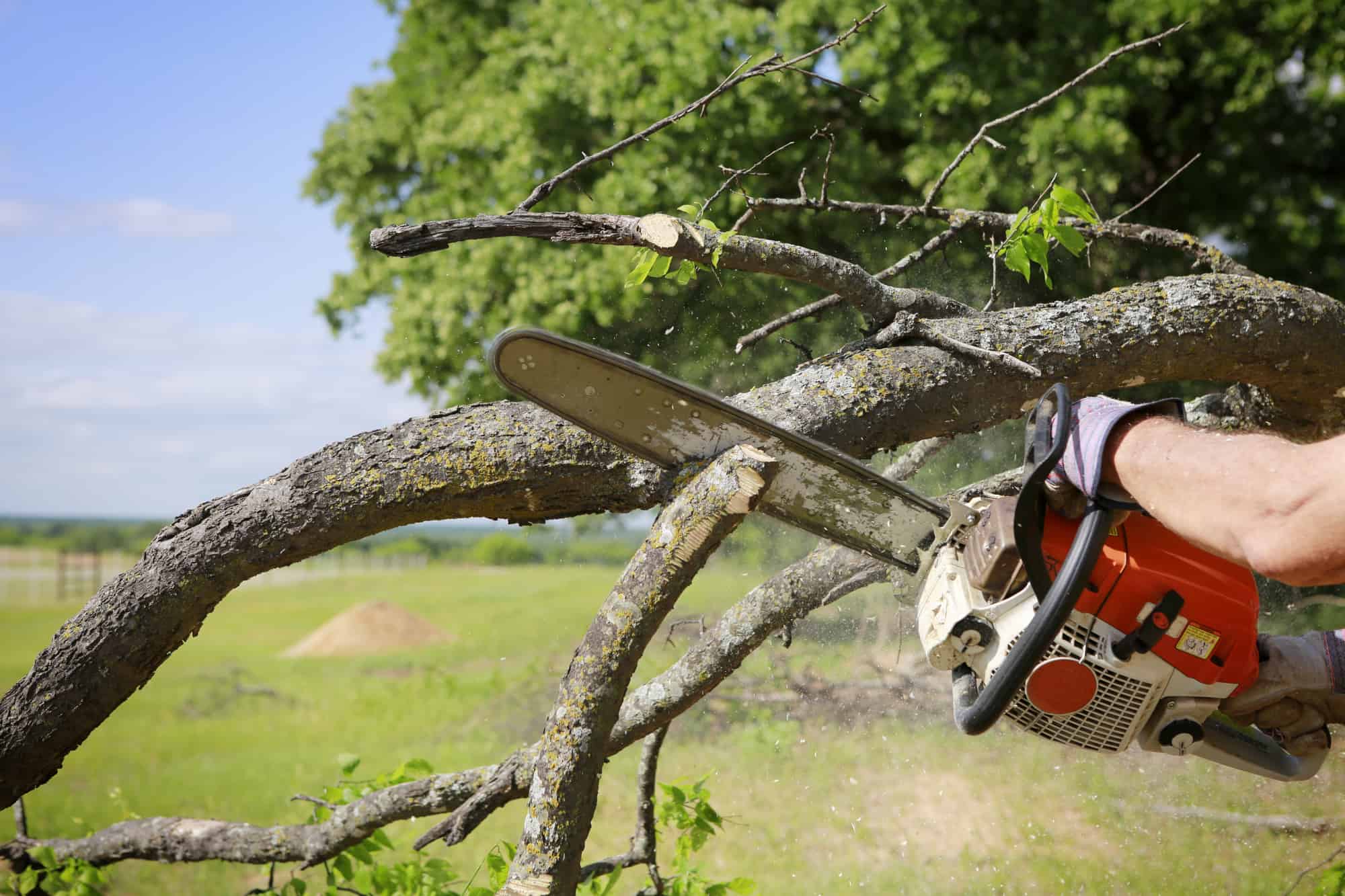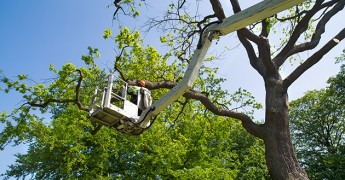What is the best time of year for tree trimming

What is the best time of year for tree trimming
Do you have trees on your property that need to be trimmed? If so, it is important to know the best time of year for tree trimming to ensure healthy growth and minimize any risks. Whether or not you decide to take care of this task yourself, or hire a professional tree service, having an understanding of optimal timing is essential for maintaining a lush landscape without putting your investment at risk. In this blog post, we will look into when homeowners can expect the best results from their tree trimming projects!
Why It is Important to Trim Your Trees
Trees are not only aesthetically pleasing, but they also provide numerous benefits to the environment and our health. However, maintaining them properly takes effort and attention. One of the most important aspects of tree care is trimming. When left untrimmed, trees can become overgrown and unhealthy, which can eventually lead to safety hazards. Overgrown trees can also obstruct views, damage property or power lines, and clog drainage systems. Additionally, trimming your trees can improve their appearance and keep them healthy. Regular tree trimming promotes new growth, allows for proper air circulation, and helps prevent disease and insect infestations. If you have not trimmed your trees in a while, now is the time to start. Effective care and maintenance can help you enjoy the many benefits of trees for years to come.
When to Prune Trees in Springtime
As springtime arrives, it is important to consider when to prune your trees. Pruning in the wrong season can cause damage and stunt the growth of your trees. It is best to prune in the late winter or early spring before new growth begins. This timing allows for the removal of dead or damaged branches, shaping the tree for optimal growth, and removing any potential hazards. Additionally, pruning in the springtime allows for the tree to heal faster due to the increased flow of sap. Keep in mind that each type of tree has its own specific pruning needs, so be sure to research the best practices for your specific tree species. With proper timing and technique, your trees will thrive and blossom beautifully.
How Hot Summers Can Affect Tree Health
As temperatures rise during the summer months, the health of trees can be significantly impacted. Heat stress can cause leaf scorch, wilting, and in severe cases, even death. Drought conditions can also lead to root damage and limit a tree’s ability to absorb crucial nutrients and water. In addition, high temperatures can also increase the chance of disease and pest infestations. It is crucial to properly maintain and care for trees during the summer season, including providing adequate water and monitoring for any signs of stress or damage. By taking preventative measures and ensuring proper care, trees can thrive even in the hottest of summers.
What To Look for When Inspection Old Trees
When inspecting an old tree, there are several things one should look out for. First and foremost, check for any signs of decay or disease. Look for cracks or splits in the trunk, as well as dead or dying limbs. These are all indications that the tree may be in poor health and potentially hazardous. Next, examine the roots to ensure they are still firmly planted in the ground. If the tree seems unstable or leaning, it may be best to seek professional advice. Finally, consider the tree’s surroundings, as any changes to the environment may impact its health. By considering these factors, you can help ensure the safety and longevity of an old tree.
Tips for Winter Tree-Trimming
Winter can be a challenging time for tree trimming, but with the right tips, the process can be made much smoother. One important thing to keep in mind is to not trim trees during extremely cold weather, as this can cause damage to the tree. Instead, wait until a slightly warmer day when the temperature is above freezing. Additionally, be sure to wear warm clothing and proper safety gear when trimming trees in the winter, as the ground can be slippery and dangerous. It is also important to be aware of the potential for ice or snow accumulation on tree branches, which can add extra weight and cause them to break. Keeping these tips in mind will help ensure a successful winter tree-trimming experience.
What You Should Know About “Dead Wood” Pruning
Deadwood pruning is a crucial aspect of tree maintenance that every landowner should know about. This type of pruning involves the removal of dead, dying, or diseased branches from a tree. Not only does it improve the tree’s overall appearance, but it also promotes health and vitality. However, it is important to note that not all dead branches should be removed. Some provide habitat for wildlife or act as a buffer in case of storms. Hiring a professional arborist to assess your trees and decide which branches need to be removed is always the best course of action. If done incorrectly, dead wood pruning can cause irreparable harm to your tree. Keep your trees healthy and beautiful with proper deadwood pruning techniques.
Knowing when the best time of year for tree trimming can be the difference between a healthy and happy tree, or an unhealthy and unsteady one. While certain times of year are best suited for certain types of maintenance, it is important to inspect your trees throughout the entire year. A quick visit in the springtime, as well as wintertime, checking in on your arbors can go a long way towards ensuring that your trees remain strong and healthy. Finally, it is important to remember that when pruning away dead wood or stubs, you are allowing any new growth the opportunity to shine through in their stead. Plus, with so many resources available today on proper tree care, it’s never been easier to stay informed on how best to manage your yard for years of fragrant blooms and plenty of shade!






You must be logged in to post a comment.